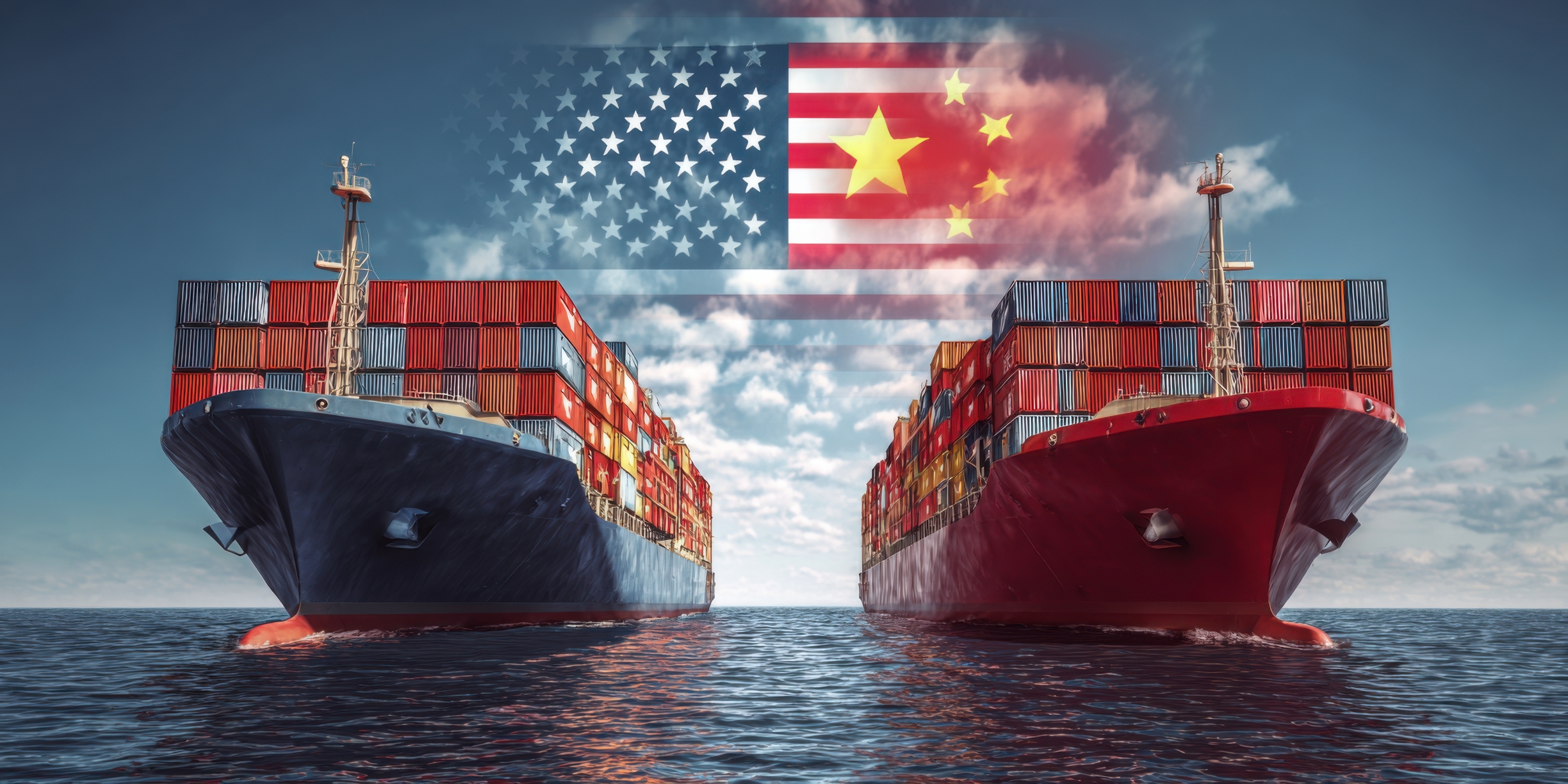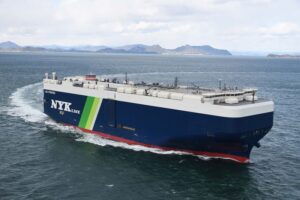The Coalition for a Prosperous America (CPA) has released a new economic report How to Solve America’s Shipbuilding Crisis, showing how the U.S. shipbuilding supply chain is “under acute threat from the People’s Republic of China’s (PRC) state-funded maritime industry.”
Beijing now accounts for over 50% of the global shipbuilding market, up from around 5% back in 2000.
The U.S. now produces fewer than five large commercial vessels (large oceangoing vessels over 1,000 gross tons) per year, while China builds over 1,700 annually.
The report reveals that decades of decline, owing to failed free-market policies, has transformed the United States from the world’s leading shipbuilder in 1975 to its 19th largest today.
In contrast, China has spent the last two-and-a-half-decades methodically expanding its maritime dominance through industrial policies, massive subsidies, and strategic investments.
Since the early 2000s, Beijing has executed a deliberate strategy to dominate commercial ship production and related maritime sectors through state-driven initiatives.
“Shipbuilding must be a cornerstone of U.S. industrial policy,” said report author and CPA senior economist Mihir Torsekar. “Every one shipbuilding job supports almost five additional jobs elsewhere in the economy. It’s time to correct the misguided policies of the past that surrendered our global leadership of this critical industry to China.”
According to the CPA report, China’s military-civil fusion strategy integrates commercial and military shipbuilding, making China the world’s top commercial shipbuilder and the world’s largest and fastest-growing naval power.
Jon Toomey, president of the Coalition for a Prosperous America, explained: “The erosion of America’s shipbuilding industry began in the 1980s, driven by free-market economic policies that withdrew critical government support.”
CPA proposes several solutions including, strengthening and enforcing the Jones Act, which sends a strong demand signal for domestic shipbuilding; establishing a shipbuilding industrial fund and tax incentives; investing in domestic shipyards and technology; imposing strategic fees and import restrictions on Chinese maritime assets; expanding U.S.-flagged fleets via cargo preference laws; and coordinating with allies against unfair practices, while enhancing Arctic capabilities.
“China and Russia have been seizing the Arctic opportunity,” the CPA notes. Russia, with its extensive Arctic coastline, has refurbished dozens of Soviet-era Arctic bases and deployed the world’s largest fleet of heavy icebreakers, including new nuclear-powered ones, to assert control over the Northern Sea Route (NSR).
The CPA report concludes that by countering unfair competition and rebuilding domestic capacity, the United States can regain its shipbuilding prowess and create thousands of skilled jobs, ensuring that “America shapes the future of the world’s oceans.”



